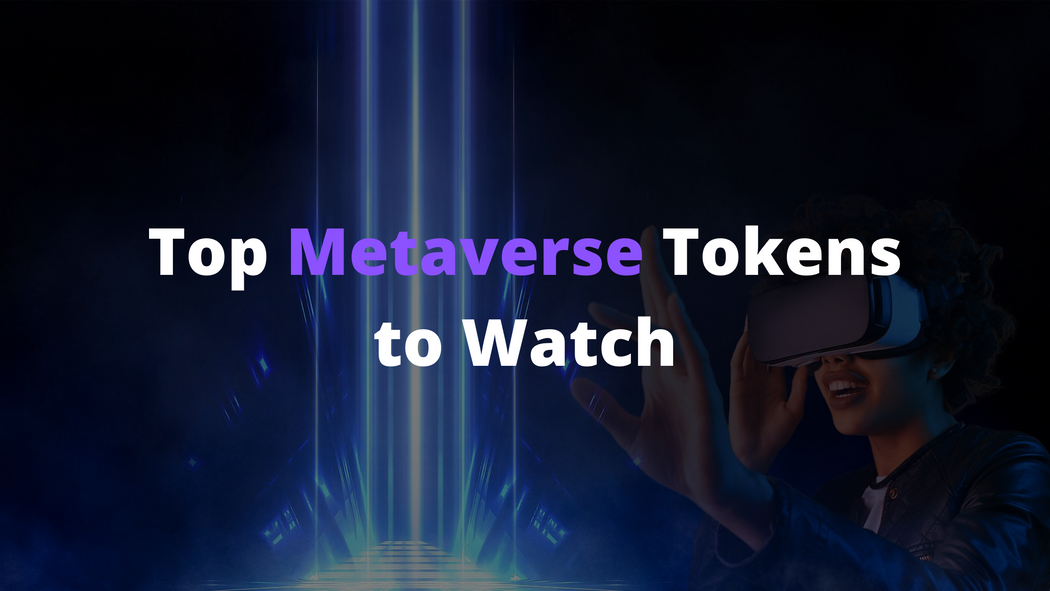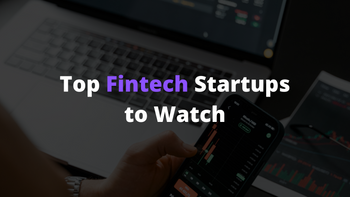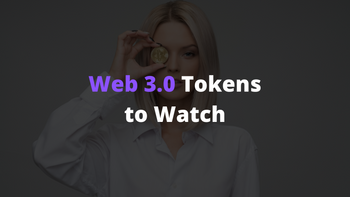From crypto enthusiasts to Fortune 500 companies, it seems like these days everyone is talking about the metaverse. But what exactly is the metaverse?
We know it is an important enough evolution of technology that one of the largest companies in the world, Facebook, decided to change its name to Meta Platforms. We also know other companies have been making significant investments in the metaverse including Microsoft, NVIDIA, and even WalMart. But that still doesn’t explain exactly what it is.
The metaverse, as we know it now, is looked at as the next iteration of the internet. It is a system of networks that can interact with each other to create one giant, singular, digital universe. Currently, it is likely that participants will require some sort of device like a virtual reality headset to experience the metaverse to its fullest.
So instead of just scrolling down a two-dimensional webpage to get your information, the metaverse will be a destination where we can experience our information in a multi-dimensional space.
One of the leading secular changes that will occur once the metaverse is functional is that blockchain technology and digital assets will move to the forefront. Cryptocurrencies are widely believed to be the currency of the metaverse, and decentralization of the internet with Web3.0 is aiming to free us from being controlled by big tech companies.
With that being said, what is the best way to invest in the metaverse at this early stage? Here are the top 20 metaverse tokens to put on your watchlist.
Stay up to date with AI
Decentraland (MANA)
Decentraland is quickly establishing itself as one of the early communities of the metaverse movement. Part game, part virtual world that incentivizes its users to build on their virtual plots of land. Each virtual piece of land is actually an NFT or non-fungible token, which allows each player to build it in a unique manner.
So where does MANA come into play? MANA is the currency token of Decentraland which allows users to make transactions and purchases within the world. MANA and Decentraland itself run on the Ethereum network, and therefore must be held within an Ethereum based wallet. As a token, MANA has grown in popularity alongside Decentraland itself. Last year it hit an all-time high of $5.90 USD per token, but has since pulled back to its current levels of just under 3.00 per token.
The Sandbox (SAND)
The Sandbox is a close competitor to Decentraland, and is also a virtual world builder that is set on the Ethereum blockchain. Similar to Decentraland, Sandbox uses LAND tokens are NFTs that users can uniquely customize using in-game tools. Any purchases within the world are made with the SAND token, which are also held in Ethereum wallets. The original version of the Sandbox was not built for blockchain technology and actually predates Decentraland’s release. But in 2018, the project was acquired by Pixowl, which made the shift for the virtual world to be set on the blockchain.
SAND, like MANA, is used as a digital currency within its own unique virtual world: the definition of a metaverse ecosystem. Likewise, the price of SAND has taken off with the popularity of the Sandbox game, although it is currently trading at less than half of its all-time high price of $8.44.
Theta Network (THETA)
The Theta Network is the industry leader for blockchain-based, decentralized video streaming services. Theta creates a mesh-network of peer to peer streamed video content that will reduce costs and improve video quality. Theta has been working hard to establish itself as the premier content streaming network for the Metaverse and has already been creating virtual events like its metaverse nightclub which included a live stream of Ibiza’s Amnesia nightclub.
Through Theta’s simple Theta VIdeo API, content developers can easily add streaming video over Theta’s Edge Network, and can even create their own video NFTs. Theta is currently trading at around $3.50 per token, which is well below its all-time high price of 15.90 set last year.
Axie Infinity (AXS)
Are you noticing a trend with some of the top tokens in the metaverse right now? Axie Infinity is yet another virtual world where users are incentivized to play to earn. Instead of building customizable plots of digital land like in Decentraland or the Sandbox, Axie Infinity pits users against each other in a digital pet battle game similar in theme to games like Pokemon.
AXS is the native token of the game, and stands for Axie Infinity Shards and is the currency for the largest DeFi game on the Ethereum blockchain. With well over 1 million players, Axie Infinity has a strong online community and has gained popularity in lower-standing socioeconomic countries as a legitimate way to earn a living.
Enjin Coin (ENJ)
Yet another game-related blockchain token, Enjin is an ecosystem for blockchain game development, specifically for the use of in-game NFTs. Enjin has provided software-development kits to game developers who wish to use its software for creating blockchain-based games on the Ethereum network.
Enjin recently created the Efinity metaverse Fund which will raise $100 million and is aimed at developing its partner networks to launch metaverse projects on both Polkadot and Ethereum. As with most of these metaverse tokens, Enjin is trading well off of its recent all-time high price of $4.85 set late in 2021.
WAX (WAXP)
WAX, or Worldwide Asset eXchange as it is also known, is its own blockchain protocol that was designed to enable safer and faster financial transactions. In its ongoing development, WAX has become an industry leader in dAPPs and native NFT Marketplaces.
How important is WAXP to the NFT industry? In late 2021, it surpassed Ethereum’s network with over 15 million transactions per day in the NFT space. It is also home to one of the more popular NFT-based blockchain games, Alien Worlds, and is positioning itself to be one of the major players in the NFT-game market of the metaverse. With several more games in development, the WAX network is establishing itself as a viable alternative to the Ethereum network for NFTs and blockchain-gaming.

SushiSwap (SUSHI)
Most of us know SushiSwap as the popular Ethereum-based site where we can swap tokens for other tokens that are usually not traded on major crypto exchanges. The native token is Sushi, which users can also stake or earn a yield on in one of SushiSwap’s many liquidity pools.
SushiSwap is also getting into the metaverse action when it unexpectedly announced an NFT marketplace late last year. The marketplace, titled Shoyu after the Japanese word for soy sauce, will likely integrate Sushi’s cross-chain functionality, meaning NFTs could potentially be minted on cheaper networks like Polygon or Solana. SushiSwap is also looking at things like fractional NFT ownership as well as rewarding those who are staked in Sushi by providing passive income generated by Shoyu’s transaction fees. SushiSwap was already an important tool for crypto traders, but now Sushi is trying to become a legitimate token for NFTs and the Metaverse.
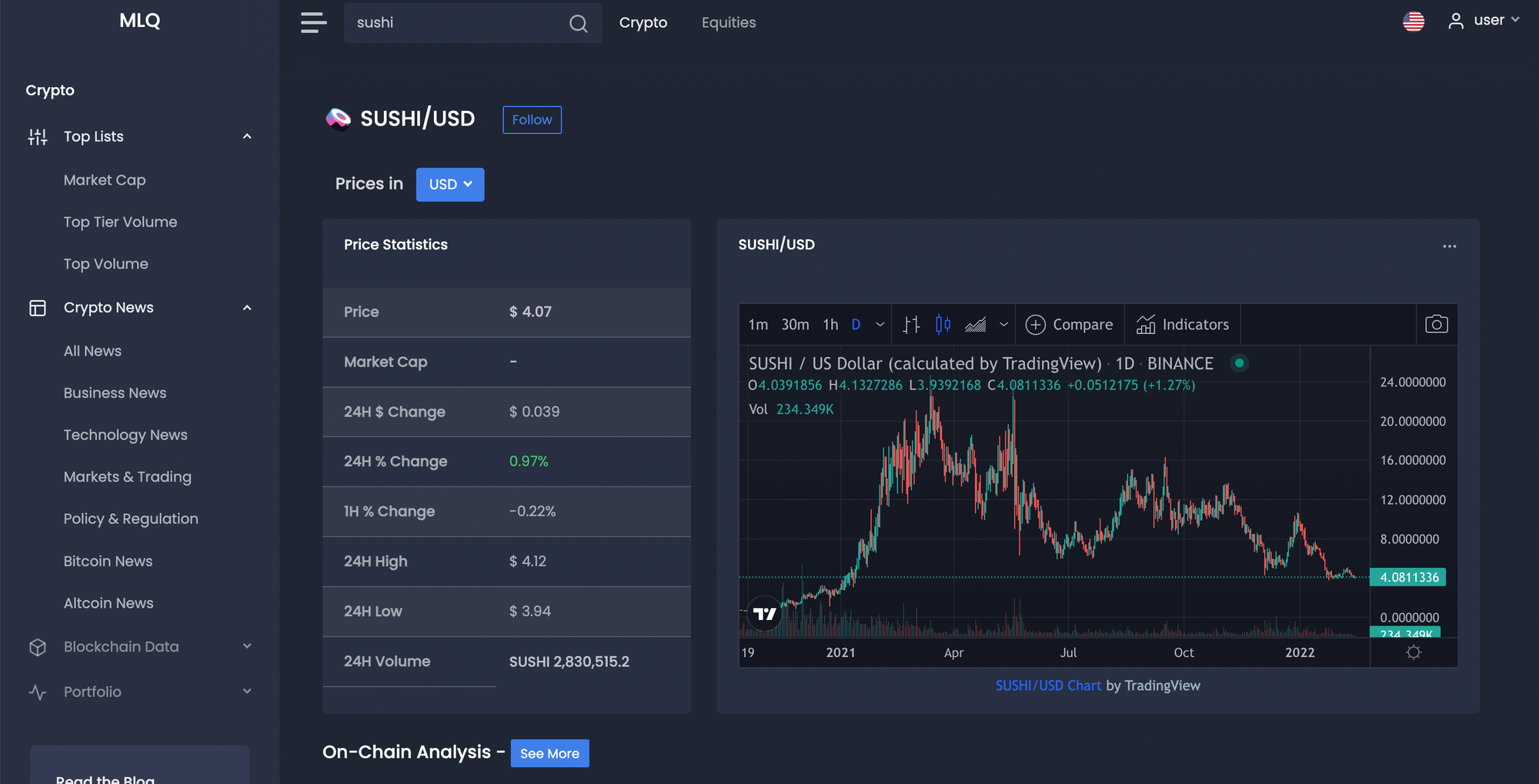
Ontology (ONT)
Ontology has its own blockchain protocol with a focus on digital identity and decentralized data. The Ontology network offers several features including layer-2 scalability and cross-chain compatibility that makes it an appealing protocol to develop dAPPs for. In fact, Ontology is already home to nearly 100 different dAPPs which include several well known DeFi protocols.
With digital identity at the forefront of solutions that need to be tackled in the metaverse, expect Ontology’s ONT ID product to be a popular choice. This allows users to seamlessly transition between different metaverse environments, as well as integrating digital and real-life identities no matter which side of the internet you are on.
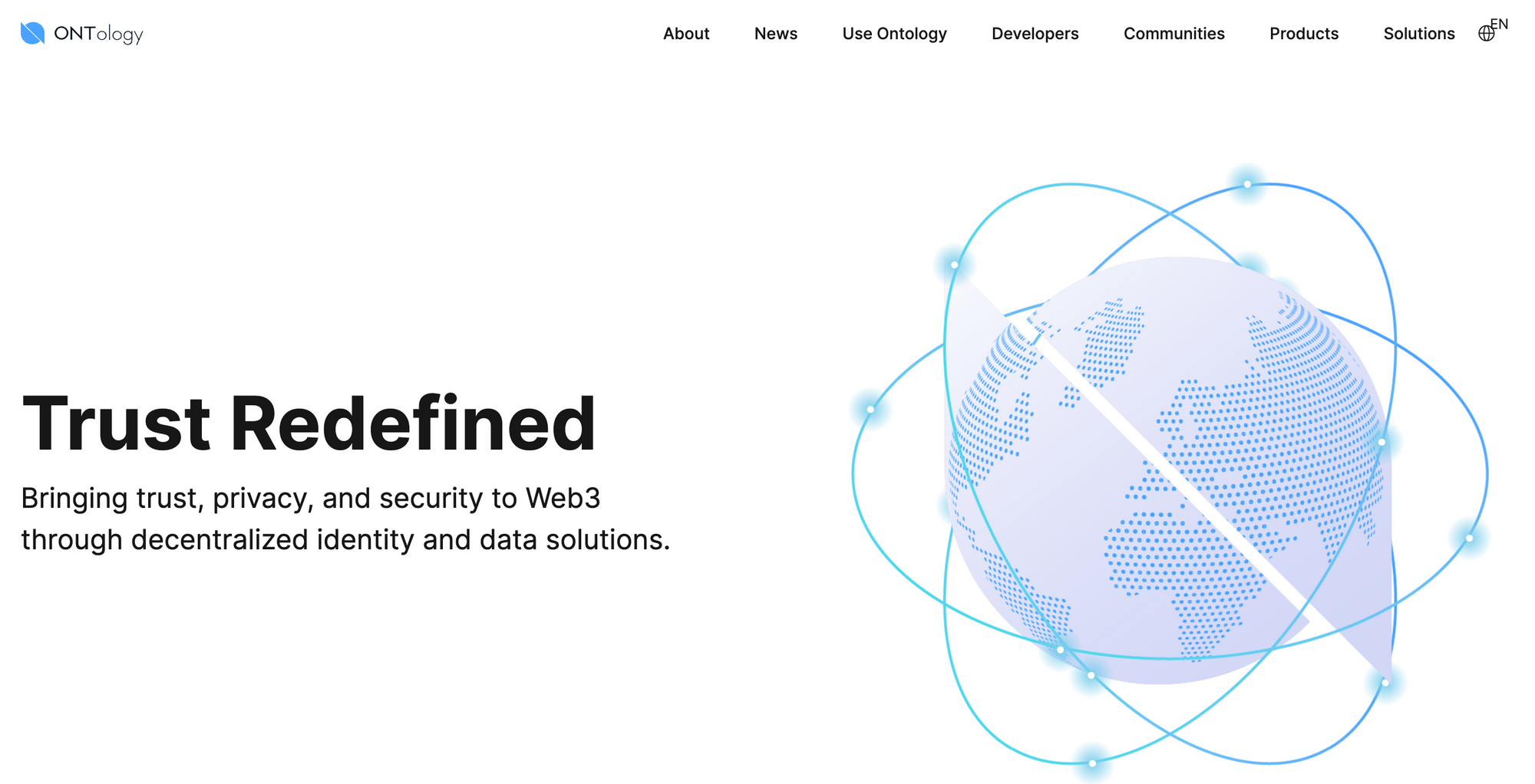
Illuvium (ILV)
Illuvium is yet another Ethereum-based play to earn blockchain game, this time in the setting of an old-school fantasy RPG. Players collect, train, and battle creatures called Illuvials, with successful players being paid in Ether. Illuvium has classic RPG and fantasy tropes, including a class system, elemental affinities, and battle arenas. Illuvium also comes with a world-building part of the game called Illuvium Zero, which players can utilize for resources that can be used in the original game. The native, in-game currency is ILV which can be farmed, staked, and used for transactions.
It currently trades for over $600 per token, which is down considerably from it's all-time high price of just under 3,000 per token. The high price is likely due to the fact that there is a capped supply of ILV at 10 million tokens.
Ultra (UOS)
Rather than in the business of actual game development, Ultra is acting more like a game-related ecosystem for players to use. It is attempting to create a decentralized version of game marketplace Steam, by allowing users to play games directly through its platform. Ultra also has the ability for creators to publish games directly onto its platform, and earn higher sales revenue than on sites like Steam. Players and developers will get rewarded with the UOS token for using Ultra.
The network is also looking into integrating an NFT marketplace for its game developers, as well as eventually creating DeFi apps that can also be built into the games. According to the Ultra team, it already has over 150 game developers signed up to start publishing games on the Ultra platform, making it a key player in the decentralized gaming market that will surely be dominating the metaverse.
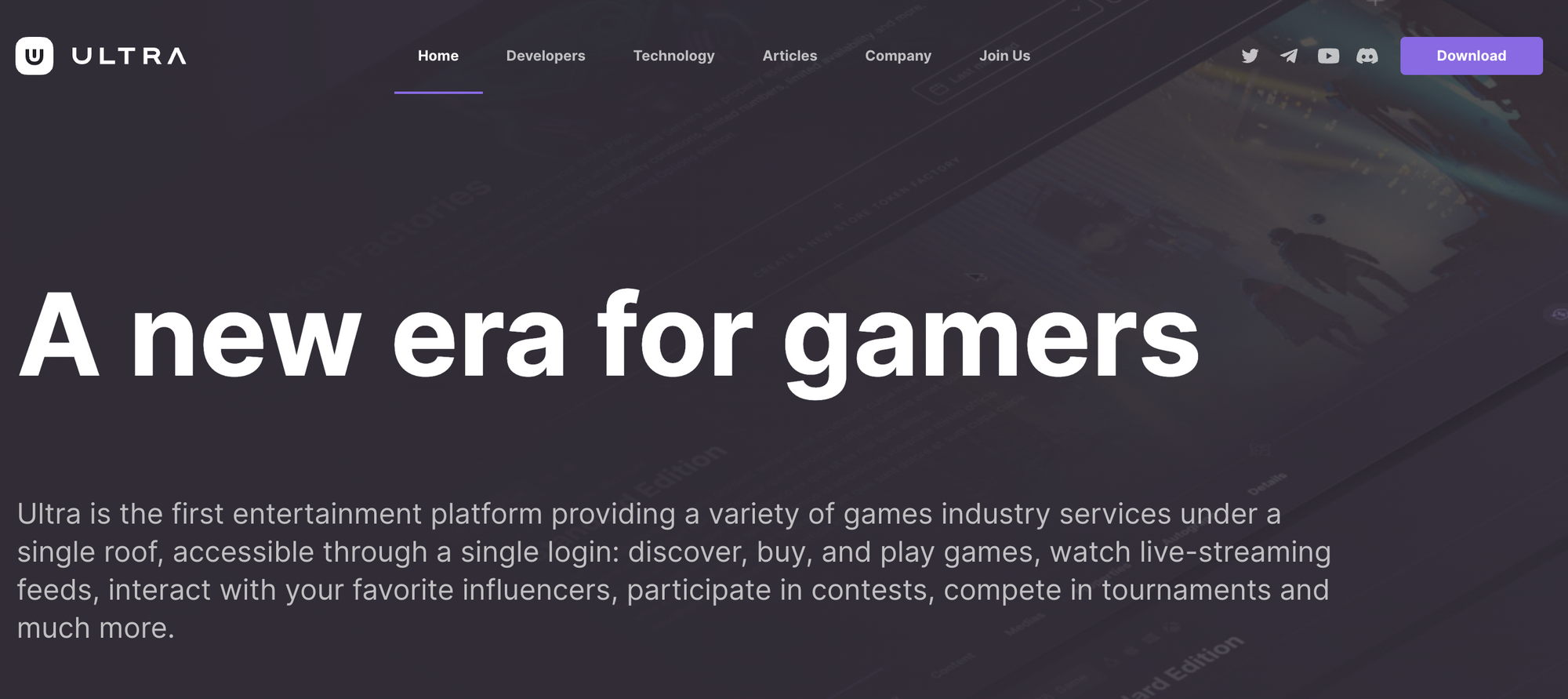
Yield Guild Games (YGG)
Yield Guild Games has as interesting a beginning as any blockchain protocol. This started with a subgroup of the founders of the aforementioned game Axie Infinity. During the pandemic, to help out a particularly hard-hit region of the Philippines, these players rented out their Axies so that other people could make an income. Yield Guild Games has now grown outside of just Axie Infinity and owns a treasure trove of in-game NFTs like land, playable characters, and other assets from a wide variety of games that includes the Sandbox and League of Kingdoms.
YGG is set up to be the perfect metaverse game destination for players who are looking to make real income without putting the time in to start a new NFT game from scratch. This incorporates elements of Web3.0 and the commoditization of gaming and NFTs in a truly decentralized finance world.
CEEK VR (CEEK)
For a metaverse token that is not gaming-related, look at CEEK token which is a protocol that is aiming to create a network that directly connects celebrities and athletes to their fans in a digital world. Fans will soon have the ability to interact directly with their idols in a virtual reality setting inside the metaverse.
Would any celebrities sign up for this? CEEK already has a partnership with Universal Music which potentially could sign on artists like Lady Gaga, Bon Jovi, and U2 to the network. This could lead to potential concerts and performances inside the metaverse in the future, to which users can buy tickets with the CEEK native token.
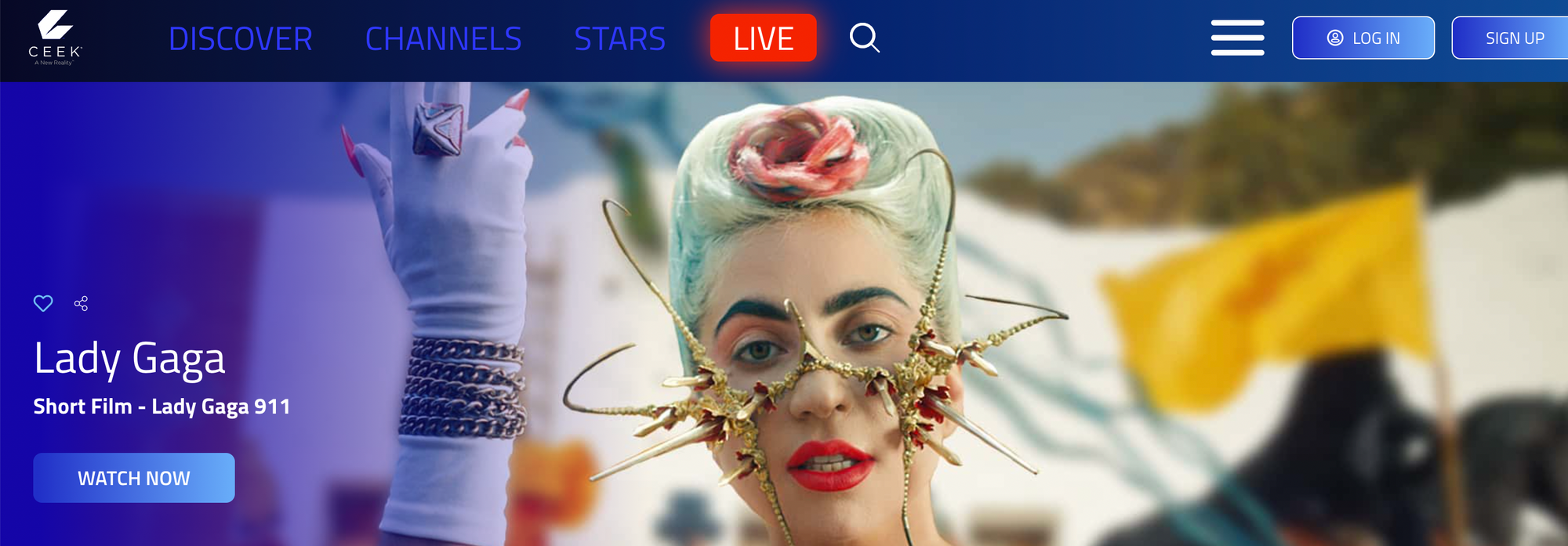
Mobox (MBOX)
Mobox is, you guessed it, another play to earn gaming platform that is utilizing NFTs to help its users create a passive income stream. Mobox combines its NFTs with DeFi elements as users can buy MoMo NFTs with the MBOX token, and stake them to receive more MBOX tokens. The ultimate goal of the Mobox platform is to teach people about cryptocurrencies and the power of blockchain networks.
Mobox is based on the Binance Smart Chain, which makes its fees much lower than that of Ethereum. One has to wonder if Mobox can compete with other play to earn games, which offer more actual gameplay for players rather than just passive staking.
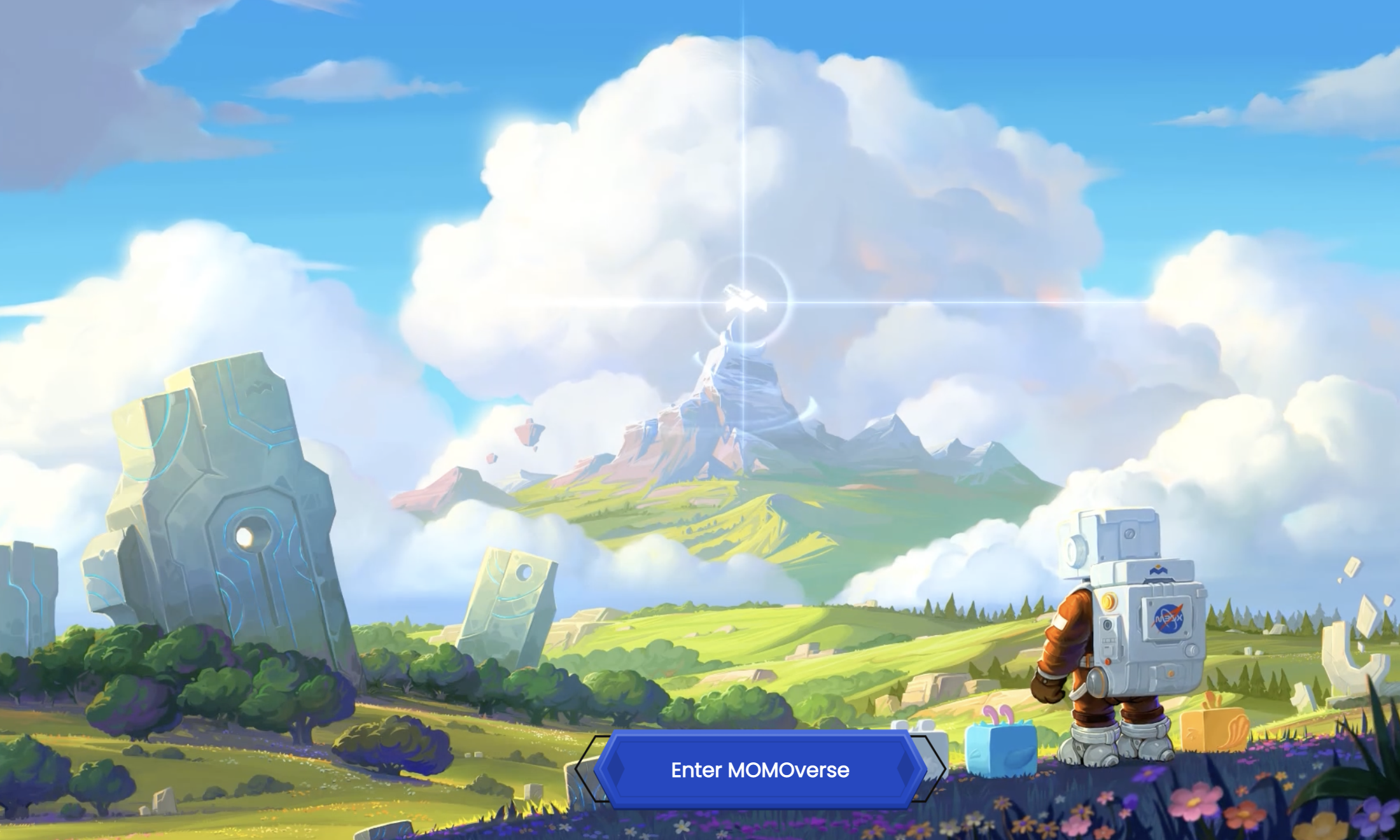
UFO Gaming (UFO)
UFO Gaming is a decentralized gaming platform that is built into the Ethereum blockchain, but also utilizes the layer-two scaling network known as Immutable X to reduce gas fees. The main play to earn gaming platform for UFO Gaming is appropriately titled, the Dark Metaverse. UFO Gaming will be releasing several games within the Dark Metaverse, where players can buy NFT land tokens called planets through auctions where UFO tokens can be spent. The games will also have farming and staking protocols that will allow players to have more abilities to earn income as they play the games. The UFO token is trading at less than a penny, making it a speculative investment now ahead of the rollout of the Dark Metaverse environment.
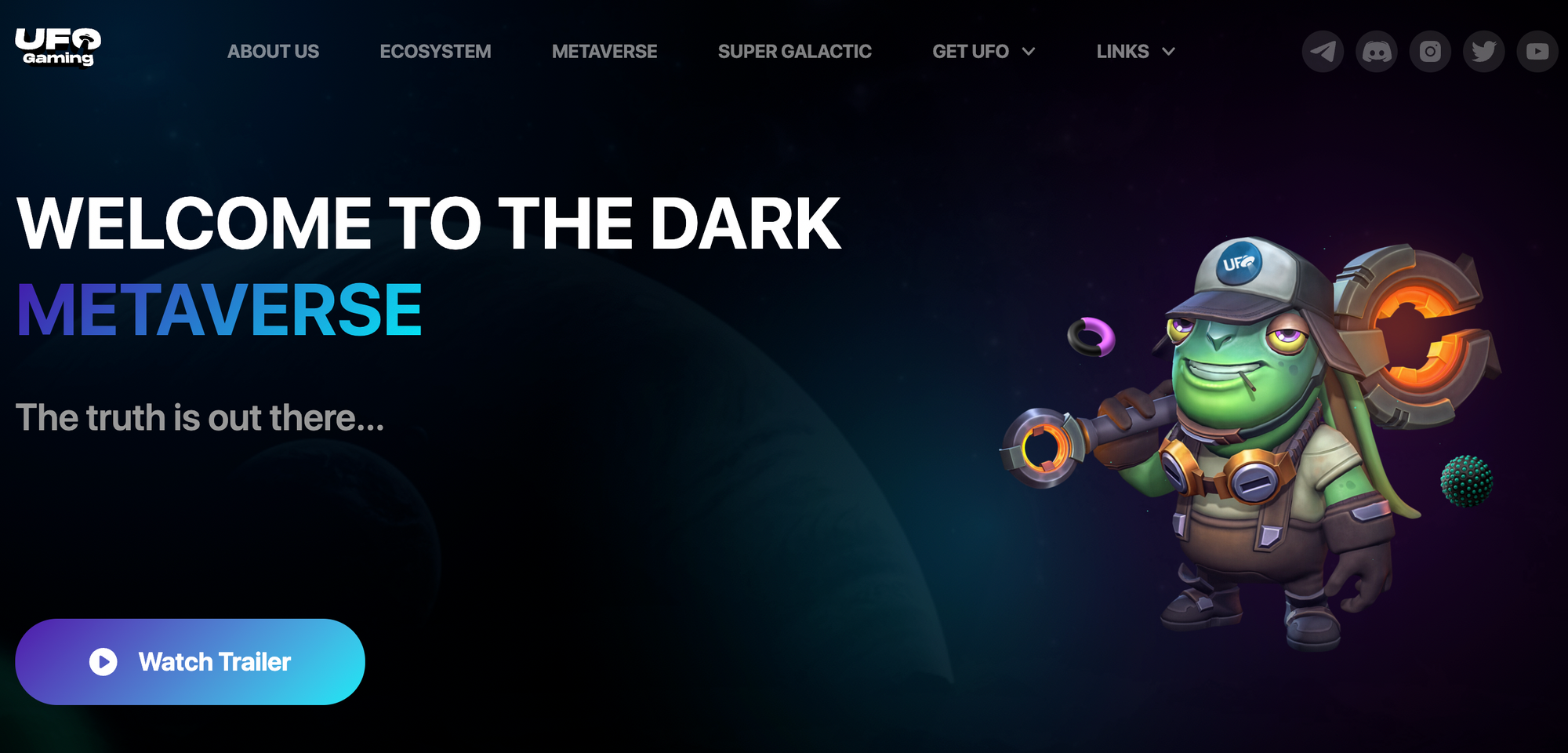
Metahero (HERO)
With a name like Metahero, you know this protocol is tailor-made for the Metaverse. Metahero is an NFT creator platform that allows users to use 3D scanning technology to create their very own unique avatars for the Metaverse. It’s an interesting idea that will no doubt open the doors for users to have complete access to creating and monetizing their own unique NFTs. The Hero token itself is deflationary, meaning the total supply will continue to decrease as time goes on. Metahero is aiming at cornering the user-made NFT market, which will certainly have viable utility within the Metaverse as NFTs will likely be used for things like digital identity and even as a currency amongst networks.
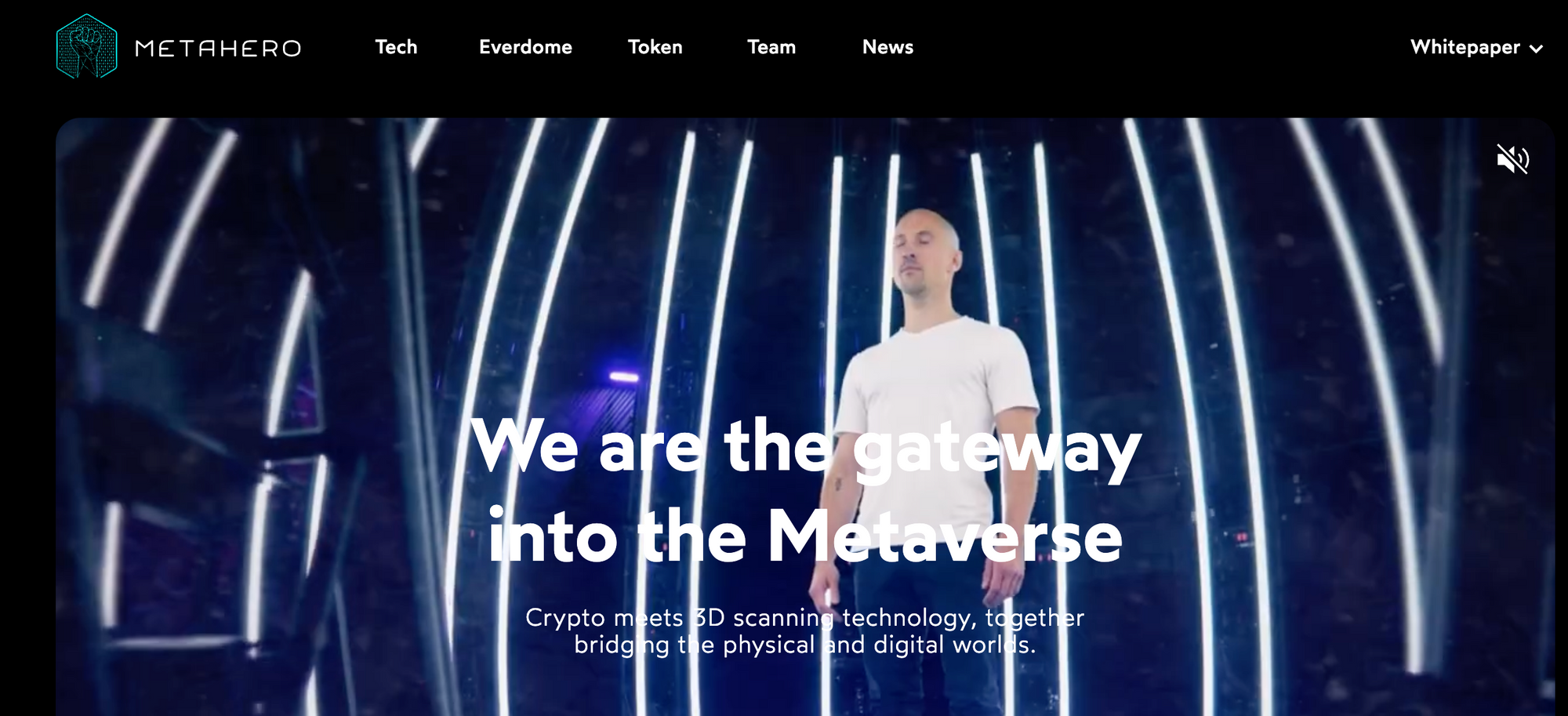
Star Atlas (ATLAS)
Star Atlas is a space exploration game set in the future and based on the Solana blockchain. Once again, players can use in-game assets like NFTs that are unlocked through exploration missions. These can be used to create further income by mining resources and selling in-game items at a marketplace. As with most of these play to earn games there is a blockchain token which is ATLAS and the in-game token which is POLIS. ATLAS peaked at about $0.27 per token last year, but is currently trading at $0.04 per token as it has retreated alongside the price of Solana itself.
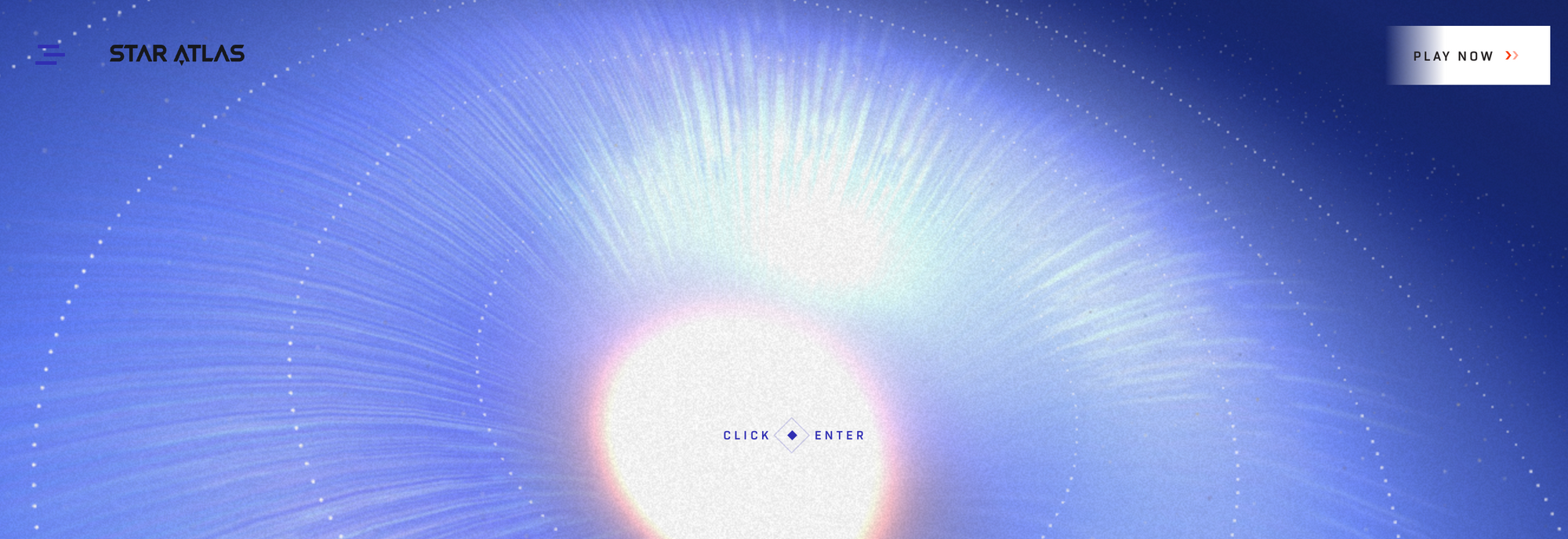
Epik Prime (EPIK)
Epik Prime is integrating the world of NFTs directly into real-world, existing games. The project has already teamed with over 300 game developers, and has already started to see its NFTs available in games such as Asphalt Legends. The team is being advised by gaming industry titans from the Nintendo, Tetris, and Pokemon teams, and is soon releasing a digital dashboard where players can see all of their in-game NFTs in one mobile app. Users will buy the EPIK token and stake it to receive even more opportunities to make income, as well as additional NFT giveaways, and gaining access to NFT presales and exclusive launches.
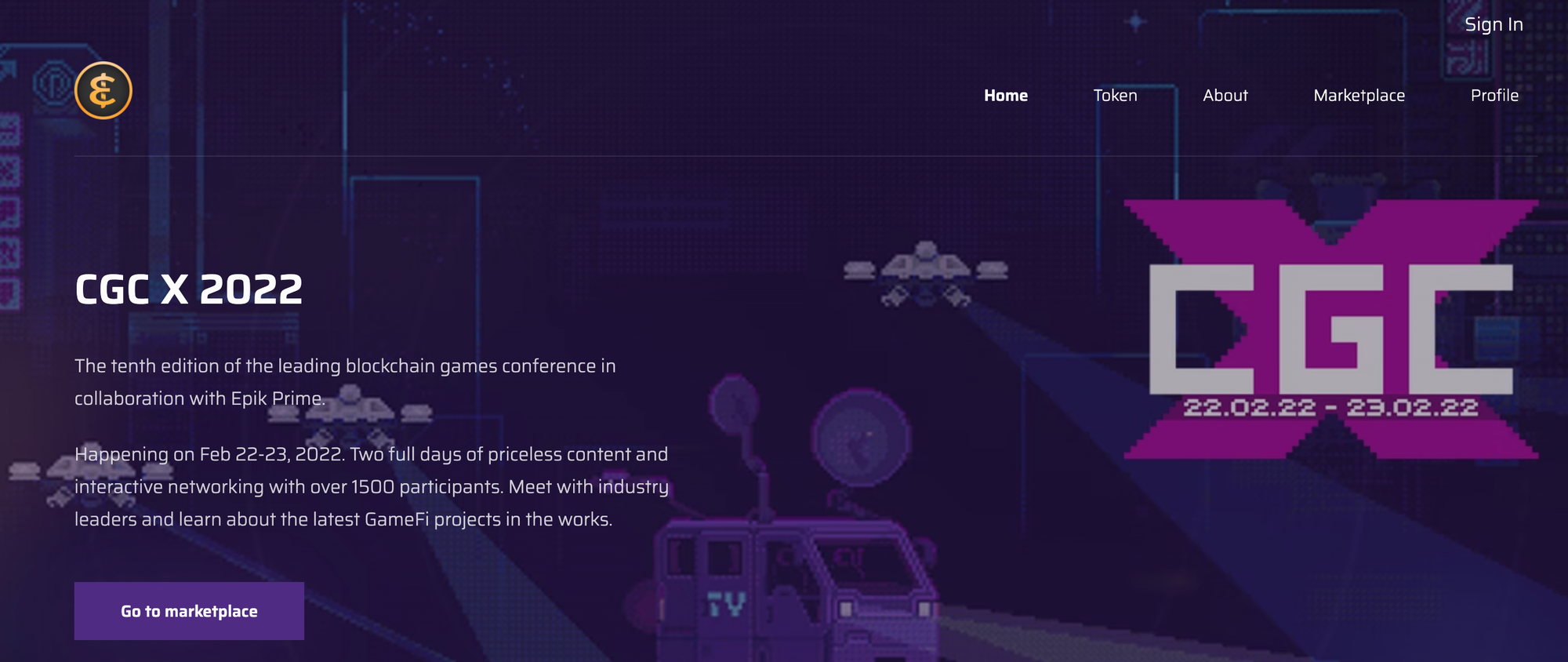
Bloktopia (BLOK)
Bloktopia is as unique an idea for a cryptocurrency project as you will find right now. It is built on the Polygon network, and is essentially a 21-story skyscraper where each floor is its own digital universe where traders can learn about cryptocurrencies and blockchain technology. Throughout these levels, users will be able to earn passive income by staking, earn advertising revenues, undertake real estate ownership through NFTs, and even build up their own networks. It is truly a central hub for the upcoming Metaverse. BLOK tokens trade for just $0.02 per token right now, after hitting as high as $0.17 per token last year.
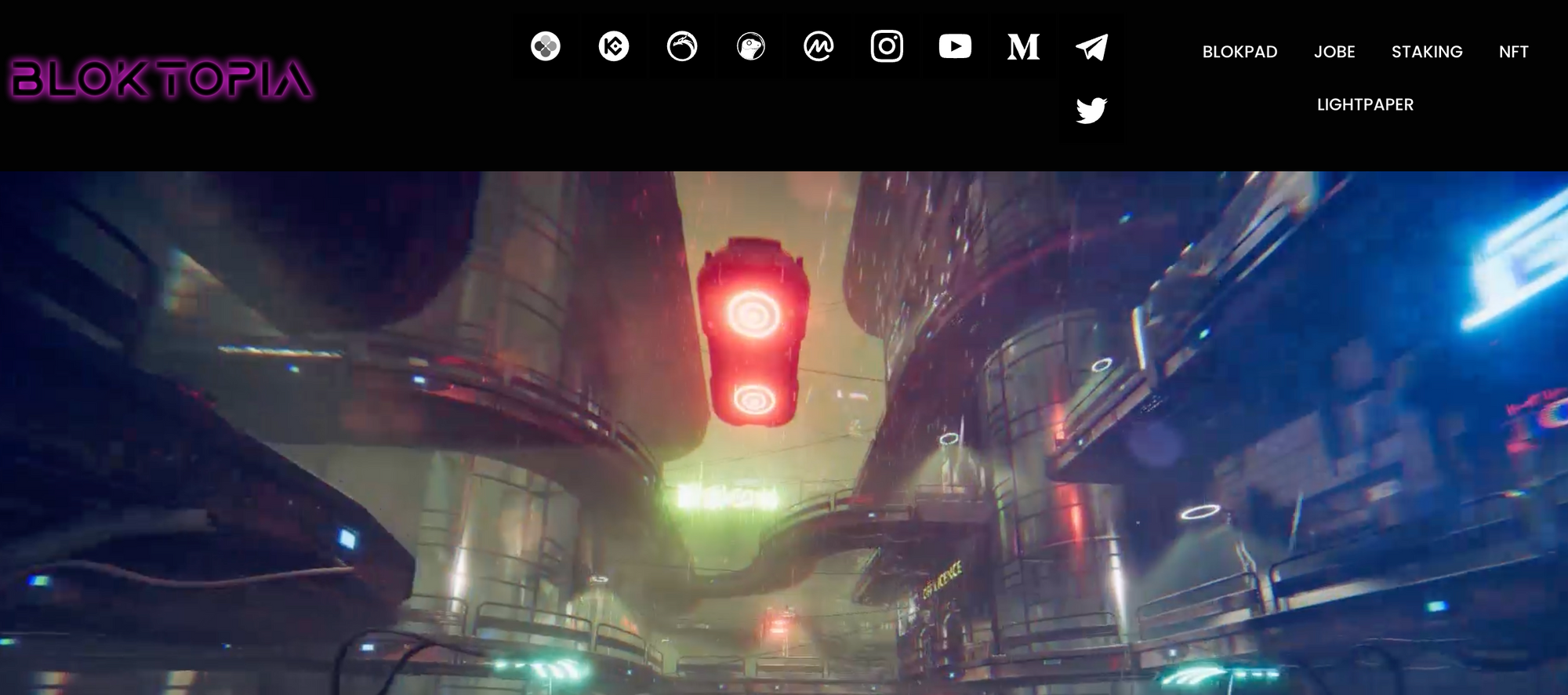
Mines of Dalarnia (DAR)
I think you can already tell by the name of this token that it is yet another play to earn game. The Mines of Dalarnia is a 2D action adventure game that is based on the Chromia blockchain network. You’ll notice the trend here: all in-game assets are NFTs and players can earn income off of staking DAR, or by purchasing land. There is a mining element to this game as the title suggests, and mining plot owners can charge mining fees to players who wish to mine for resources. DAR tokens are currently trading for about $1.00 per token, but hit a high of $5.00 per token just last year.
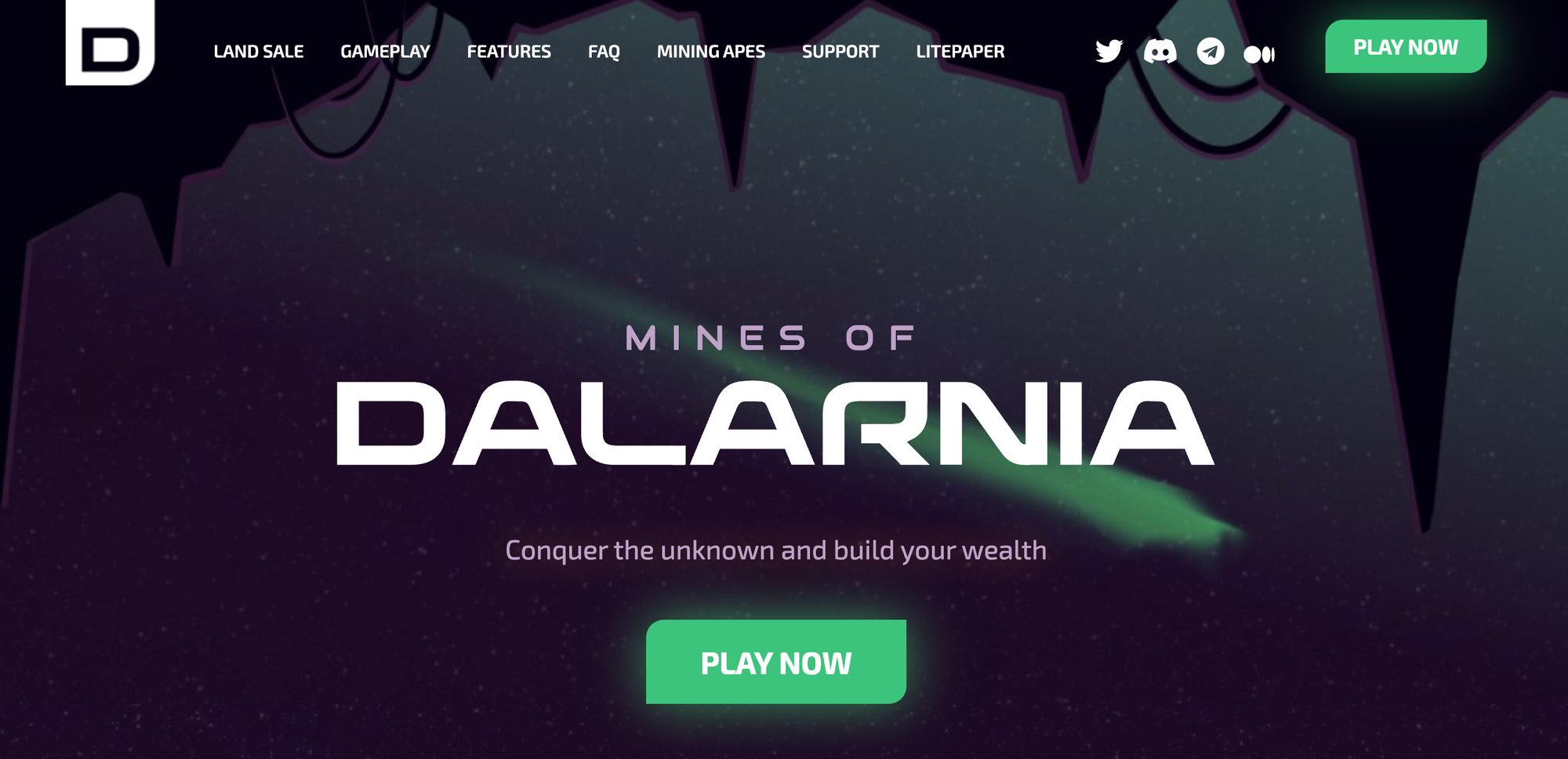
DeFi Kingdoms (JEWEL)
We would be remiss if we left out the uber popular play to earn game on the Harmony blockchain: DeFi Kingdoms. The game is based in a classic fantasy RPG setting with professions, elements, and hero NFTs. DeFi Kingdoms is soon going to launch its cross-chain compatibility with the Avalanche Network. The in-game token is JEWEL, which can be swapped with Harmony’s native token ONE. When users provide liquidity to the in-game pools, they receive JEWEL tokens as well. Half of what they receive is locked, and the other half is unlocked which helps sustain the high APR from staking. GameFi is the future of the gaming industry in the Metaverse, and DeFi Kingdoms is one of the games that is ready to lead the gaming industry into the next generation.
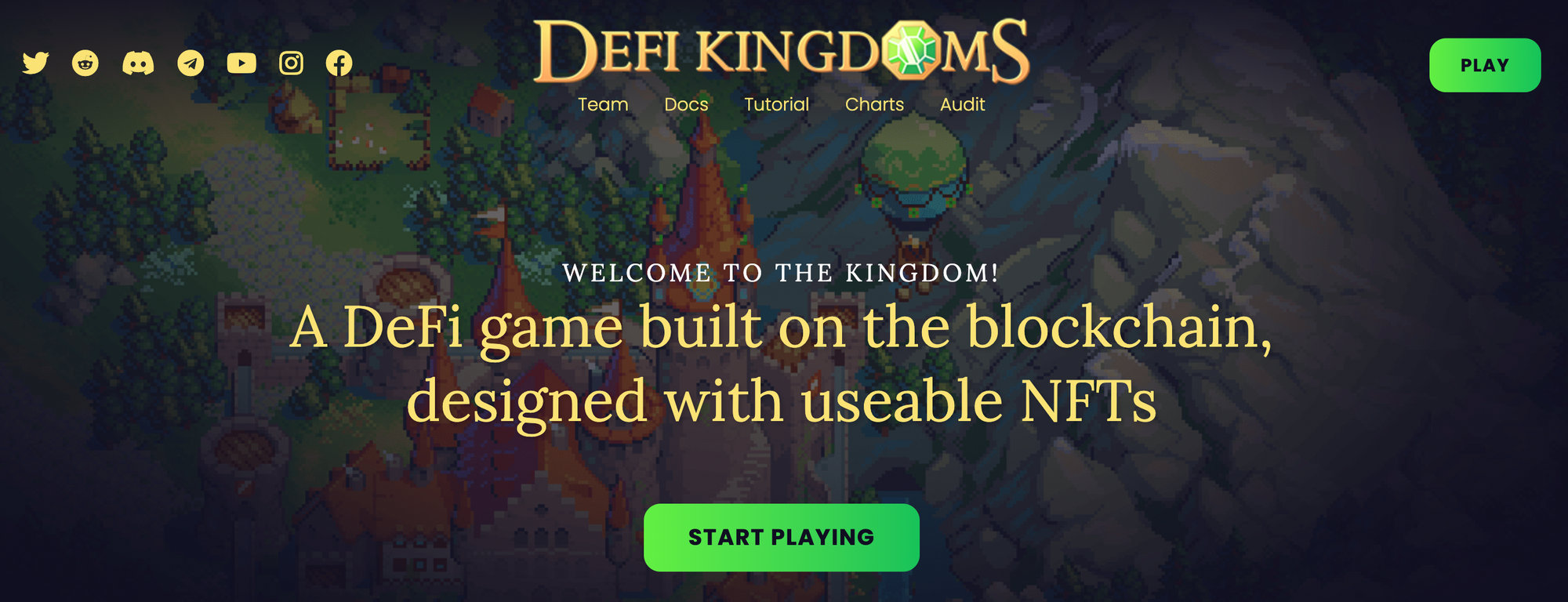
That's it for our list of the top 20+ metaverse tokens to watch this year. We'll be sure to keep this list updated as new, up-and-coming projects enter the space.

